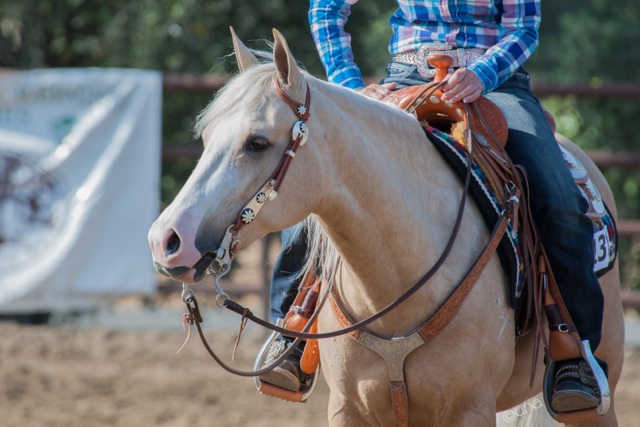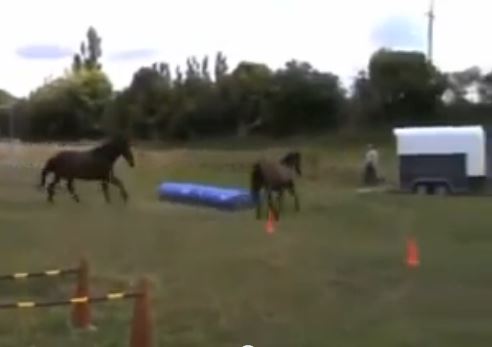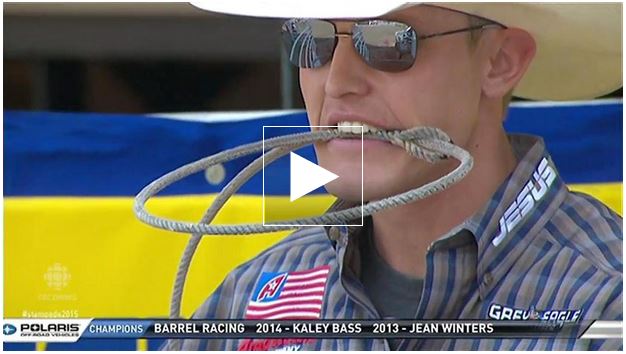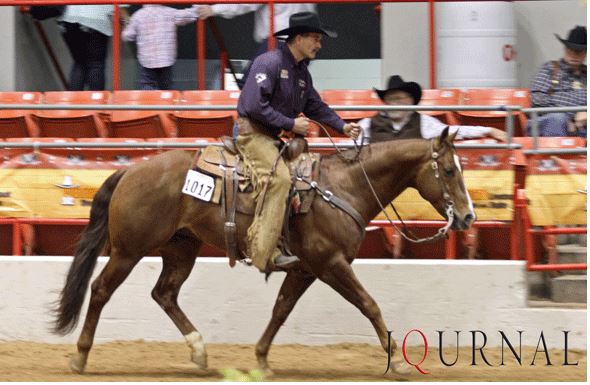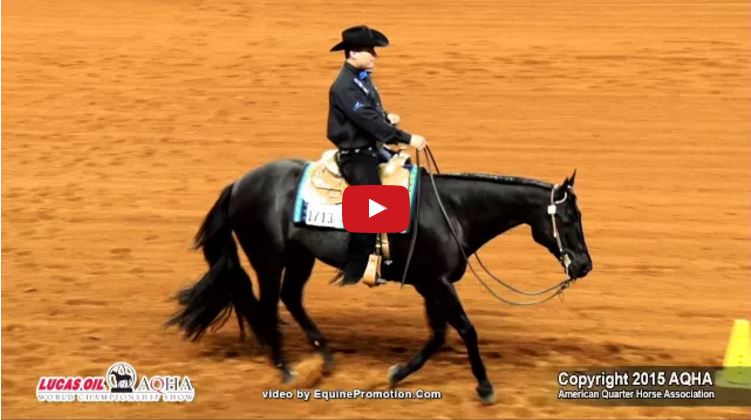Grand Prix Rider Scott Lico – Teaching Your Horse The Liverpool
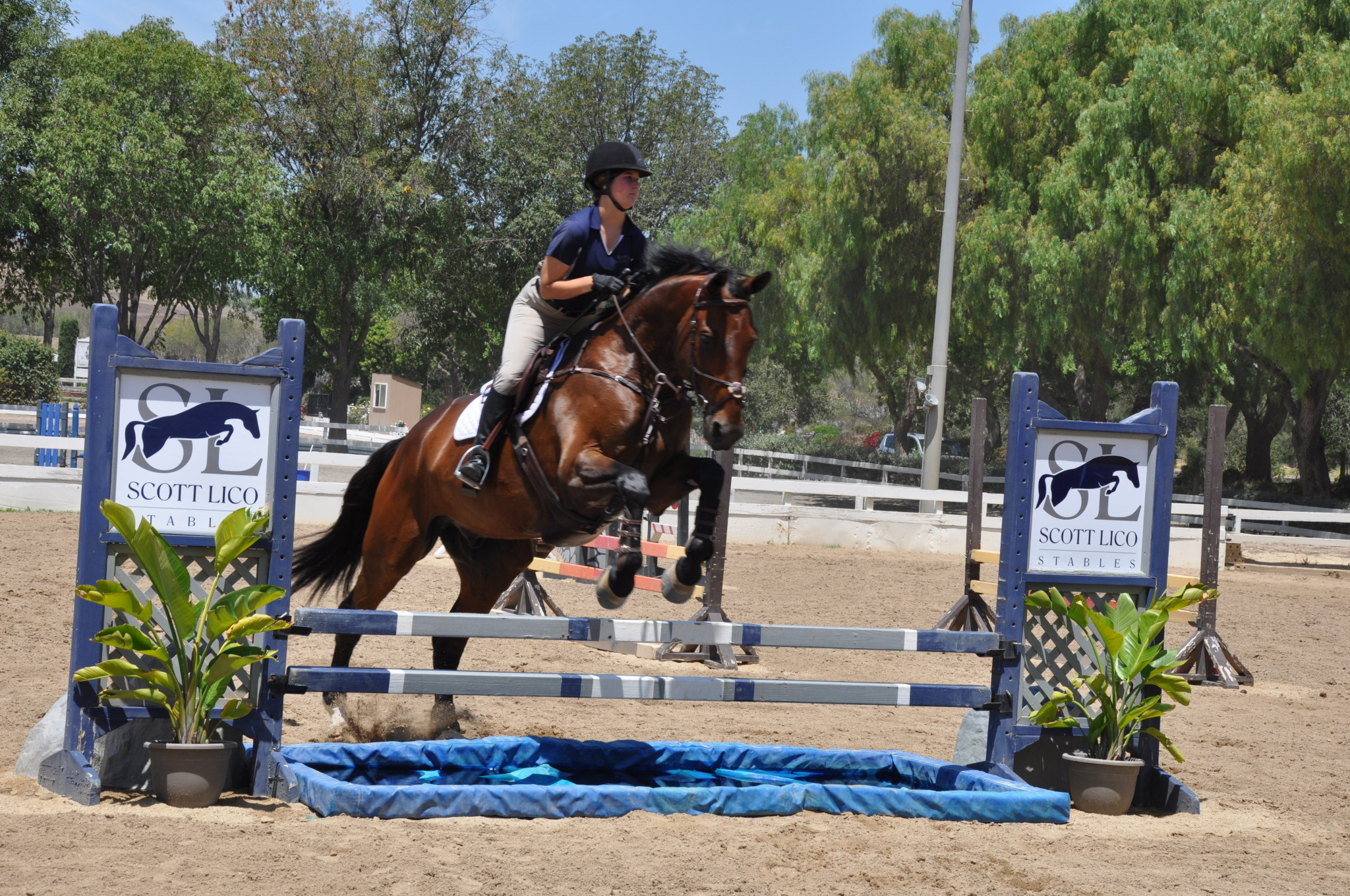

The liverpool is a common jump in show jumping competition. If a horse has not been properly trained to jump one with confidence, good rounds at the horse shows will be hard to come by. With a little time and patience, liverpool issues can be prevented from ever occurring and your horse will jump it confidently for the rest of its life.
To start, you want to make sure your horse jumps common jumps such as cross rails, verticals, oxers, flower boxes, gates, etc. with ease. Once they are proving themselves over small jumps and short courses, it’s time to progress to teaching the liverpool. One little tip, ALWAYS teach your horse the liverpool before the water jump. This will build up your horse’s confidence in himself and his rider which will carry over to the water jump.
Start by placing the liverpool, completely empty without water, on the center line of your ring facing the in-gate. Use large winged standards on the sides of the liverpool but without rails over the liverpool. Fold the liverpool in half. Use a rail on each wing as a guide pole. You will be jumping the liverpool TOWARDS the in-gate, so make sure you set the poles on the correct take-off side (picture 1). It is extremely important that you jump the liverpool towards your in-gate, at least the first few times. Depending on how spooky your horse is, you may want to only jump it towards “home” the first few sessions. The horse will be much more likely to jump it towards home, than away from it. Other, braver horses, will be able to jump it away from home during their first session. Remember to not rush this process. If it takes a few weeks or even a month, that is much better than rushing your horse and creating a life-long problem. I have seen many great horses that would have had much more success in the equitation ring and the jumper ring, had they not developed a liverpool problem.
Now it’s time to jump. Always warm-up over some simple jumps that your horse is already comfortable with. Going straight to the liverpool would scare your horse. Once your horse is jumping around bravely, go ahead and get a nice working trot or a collected canter toward your liverpool. I recommend a working trot rising the first time or two, making sure to sink into the saddle the last ten feet. If you come with too much pace, you may scare your horse. A collected canter is fine too, just be careful not to rush your horse. Make sure you have plenty of impulsion and that you drop back behind the motion to better enable you to keep your horse in-front of your leg and give your horse confidence.

This also puts you into a strong position to drive your horse a little. Using a stick at takeoff, just behind your leg on the horse’s flank, is a wise choice in the beginning (picture 2). This will help encourage the horse to jump and not get “sticky” and looking down. Taking these steps towards jumping your first liverpool should prevent any possible stop. However, should your horse stop, DO NOT pet your horse. This would only reward him and tell him it’s okay not to jump it. It is not okay. therefore, the horse must be corrected instantly with a quick stick behind the leg or a strong attack of the spurs without temper. Temper is always too strong. Then once again, come at your jump, this time with more impulsion and a bit more drive. Horses learn through repetition, so make sure to keep going. Jump the liverpool enough times until the horse settles in and jumps it in a calm fashion. Also, make sure to reward your horse with a few pats promptly after they jump the liverpool, to let them know they did a good job.

Once that happens, have your ground person open the liverpool a little more and jump it again. Continue this process until your horse jumps the liverpool fully open (picture 3). At that point, you can remove the guide poles. Everything must be a progression. Horses need to be brought along slowly and not just expected to be perfect right from the get go. As the saying goes, Rome was not built in a day, so don’t try and do too much with your horse the first few sessions or it will backfire on you. Sometimes less is more.



The next step would be to add a couple buckets of water to the liverpool (picture 4), and jump it like that (picture 5), followed by a little dark blue food coloring you add to the water (buy the gallon jug on the internet). I choose food coloring over dye because it is not poisonous to animals if they were to drink it (picture 6).
Once your horse is jumping the liverpool in a brave fashion (picture 7) you can make a small vertical over the liverpool (picture 8).


After taking these steps to make your horse confident with liverpools, make sure you continue to jump it every few weeks. Without maintenance, things deteriorate. Be sure to move the liverpool jump to different parts of your ring so the horse learns to jump it wherever it might be. I personally jump my horses over it every week or two. I always have at least two liverpool jumps set up in my ring. By keeping your horse exposed to it, you will prevent the liverpool from ever becoming a problem in the future.

Written by Scott Lico, a Grand Prix rider and hunter, jumper, and equitation trainer in Moorpark, California. For more information about Scott Lico or his training program visit his website www.scottlicostables.com or his Facebook page.

